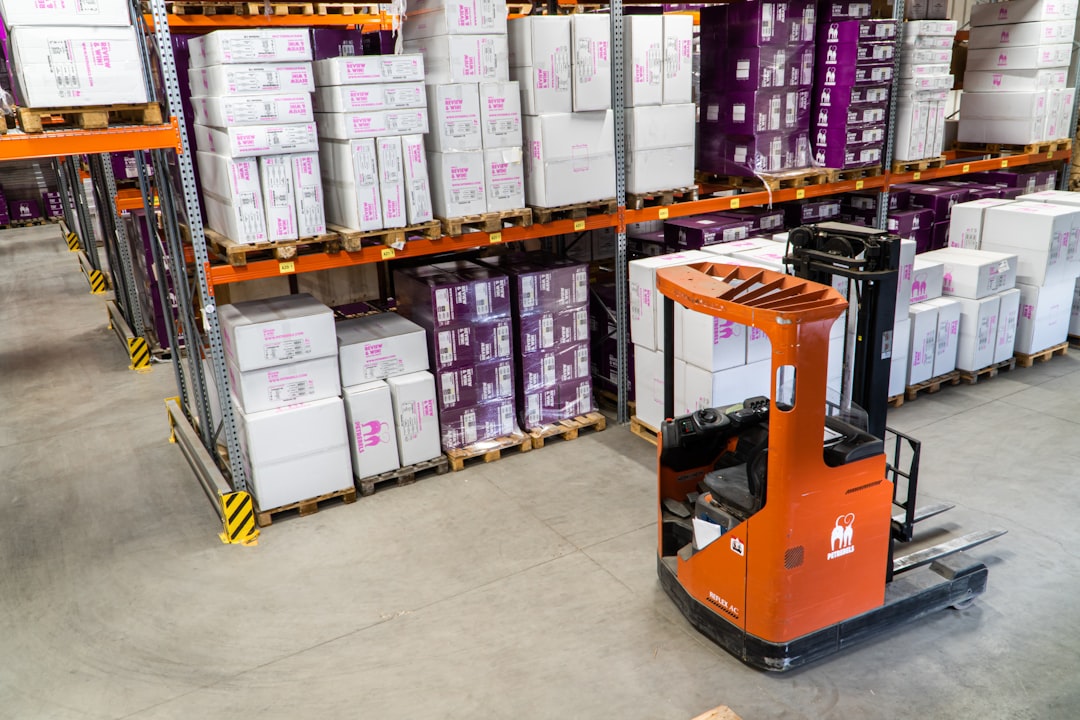Managing inventory is a crucial aspect of running a successful drop shipping business. With drop shipping, you don't need to worry about storing or shipping products yourself. Instead, you partner with suppliers who handle these tasks for you. However, it's still important to have a good inventory management system in place to ensure smooth operations and customer satisfaction. Here are some key tips on how to effectively manage inventory in a drop shipping business.
Choose reliable suppliers: One of the most important factors in managing inventory is selecting trustworthy suppliers. Look for suppliers who have a good track record of timely deliveries and quality products. Establish clear communication channels with them to ensure smooth coordination.
Monitor stock levels: Keep a close eye on the stock levels of your suppliers. Regularly check if they have sufficient inventory to fulfill orders promptly. This can help you avoid backorders or delays in shipping, which can lead to unhappy customers.
Set up automated alerts: Utilize inventory management software or tools that offer automated alerts when stock levels are low. This will notify you when it's time to reorder products from your suppliers, ensuring that you always have enough inventory to fulfill customer orders.
Implement a centralized system: Use a centralized system or software to keep track of your inventory across multiple suppliers. This will help you maintain accurate stock levels and avoid overselling or underselling products. It also allows you to easily update product information or pricing changes.
Optimize product listings: Regularly review and optimize your product listings based on sales data and customer feedback. Remove slow-moving products and focus on those that generate more sales. This will help you streamline your inventory and increase overall efficiency.
Streamline order processing: Efficiently process customer orders by automating as much as possible. Integrate your online store with your suppliers' systems to enable seamless order fulfillment. This will reduce errors and save time in manual order processing.
Analyze sales trends: Analyzing sales trends can help you make informed decisions about inventory management. Identify your best-selling products and ensure you have sufficient stock of those items. Similarly, track slow-moving products and consider reducing their inventory to avoid tying up capital.
Implement a returns policy: Have a clear and fair returns policy in place to manage any returns or exchanges. This will help you handle customer complaints efficiently and maintain good relationships with your customers.
Regularly review supplier performance: Continuously evaluate the performance of your suppliers. Monitor their delivery times, product quality, and customer service. If you encounter any issues, address them promptly to maintain a smooth supply chain.
Stay updated on industry trends: Keep yourself informed about the latest industry trends and changes in consumer demand. This will help you anticipate product demand and adjust your inventory accordingly.
In conclusion, effective inventory management is essential for the success of a drop shipping business. By choosing reliable suppliers, monitoring stock levels, implementing automation, and staying informed about industry trends, you can streamline operations and provide excellent customer service. With a well-managed inventory, your drop shipping business can thrive and grow.
